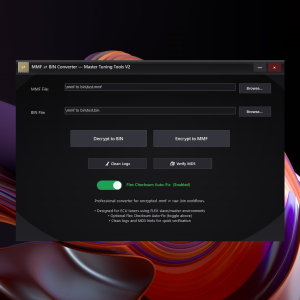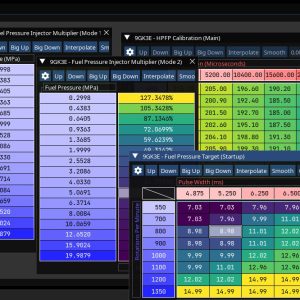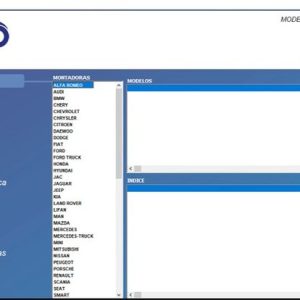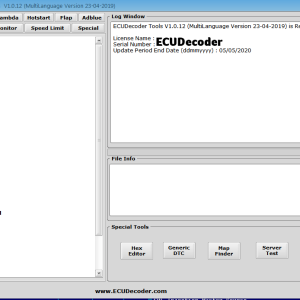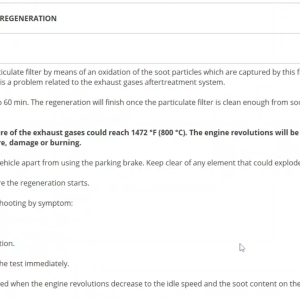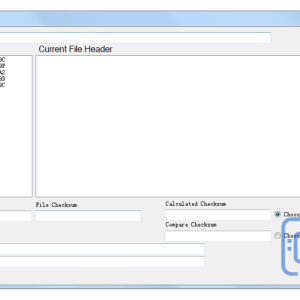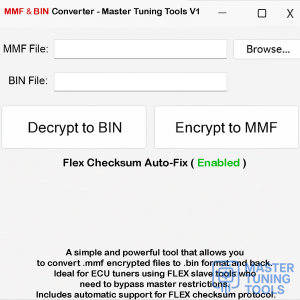Introduction to Siemens SID ECU
The Siemens SID ECU (Electronic Control Unit) is a pivotal component in modern automotive engines, responsible for managing various engine functions. Understanding its architecture and tuning capabilities can significantly enhance performance and efficiency.
Key Features of Siemens SID ECU ⚙️
- ➡️ Real-time Data Processing: Capable of processing sensor data in real-time for optimal engine performance.
- ➡️ Adaptive Control: Adjusts fuel injection and ignition timing based on driving conditions.
- ➡️ Diagnostic Capabilities: Built-in self-diagnostic functions to monitor engine health.
Understanding the SID ECU Architecture
The Siemens SID ECU typically consists of the following components:
- ➡️ Microcontroller: The brain of the ECU, executing the control algorithms.
- ➡️ Memory: Stores calibration data and fault codes.
- ➡️ Input/Output Interfaces: Connects with various sensors and actuators.
Tuning the Siemens SID ECU 🔧
Tuning the SID ECU can unlock additional power and efficiency. Here are some common approaches:
Stage 1 Tuning
- ➡️ Fuel Mapping: Adjusting the fuel maps for better combustion efficiency.
- ➡️ Ignition Timing: Optimizing timing for improved throttle response.
Stage 2 and Stage 3 Tuning
- ➡️ Hardware Upgrades: Often involves turbo upgrades or exhaust modifications.
- ➡️ Enhanced Software Calibration: More aggressive tuning for maximum performance.
Common Tools for Siemens SID ECU Tuning 🛠️
Several diagnostic and tuning tools are available for working with the Siemens SID ECU:
- ➡️ ECU Remapping Software: Tools like WinOLS or ECM Titanium for modifying maps.
- ➡️ Diagnostic Scanners: OBD-II scanners for reading and clearing fault codes.
Considerations and Best Practices ✅
- ➡️ Backup Original Maps: Always save the original ECU map before making changes.
- ➡️ Test Thoroughly: After tuning, perform extensive testing to ensure reliability.
- ➡️ Compliance: Ensure that tuning adheres to local emissions regulations.
Conclusion
The Siemens SID ECU offers substantial potential for tuning and performance enhancement. By understanding its architecture and utilizing the right tools, mechanics and tuners can achieve significant improvements in engine performance.

